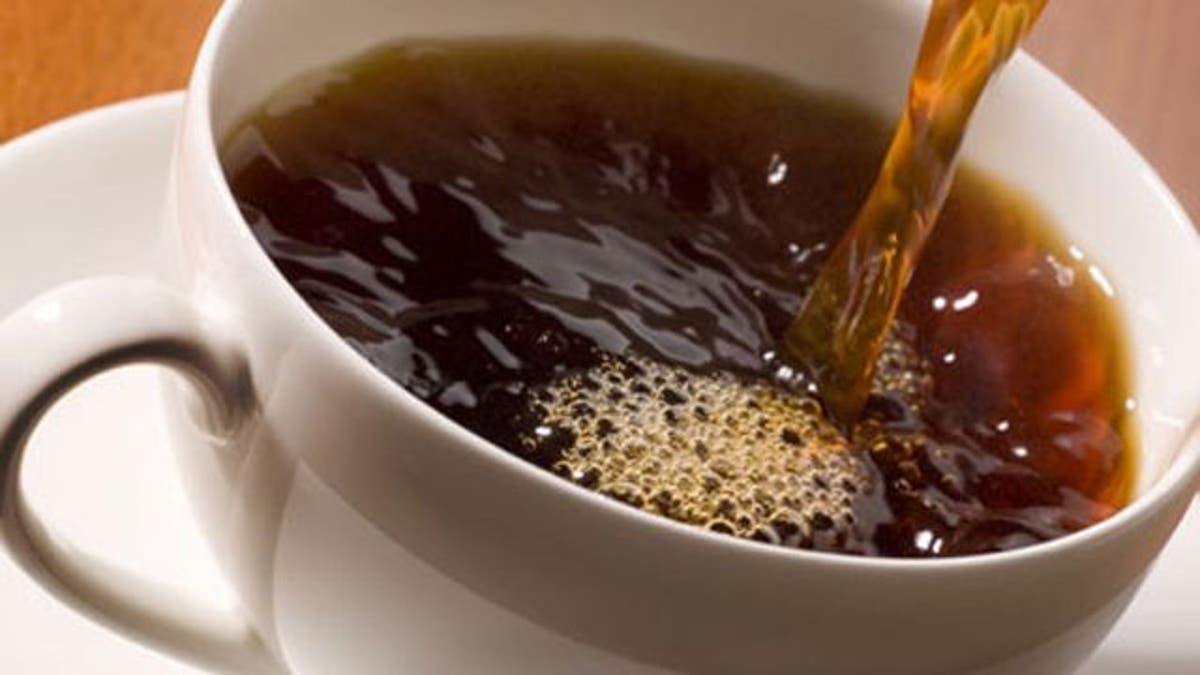
It's like dark chocolate: How can something so good be good for you? Well, it’s time you started believing in the power of your java.
Coffee is the number one source of antioxidants in the U.S. diet, according to a study from the University of Scranton. Plus, a growing body of research suggests that quaffing a few cups a day can reduce your risk of type 2 diabetes, Alzheimer's, and even prostate cancer.
The catch? While any coffee will provide some payoff, you need to pick the right roast, storage strategy, and brew method if you want joe with mojo. Here’s your step-by-step guide to making your coffee its healthiest.
1. THE ROAST
In the universe of coffee beans, lighter roasts are the dark horses. "The antioxidant effects of coffee are related to compounds called chlorogenic acids," says Dr. Peter Martin, director of the Vanderbilt University Institute for Coffee Studies.
"Roasting green coffee beans transforms these acids into better antioxidants—but if you keep on roasting them, they break down again." So buy light-brown beans. And when you're on the go, ask for Original Blend at Dunkin' Donuts or Blonde at Starbucks.
Coffee versus Tea—which one is really better for you?
2. THE STORAGE
Roasted coffee beans have free radicals, which become more numerous the longer the beans are exposed to air, according to a study in Food Chemistry. That's a problem because, as free radical levels rise, some antioxidants in the beans are spent fighting to stabilize them.
Store your beans in an airtight container and don't grind them until you're ready to brew; the same study noted that whole beans had fewer free radicals than ground coffee. For an even grind and smooth-tasting joe, use a burr grinder; it ensures that the particles are more uniform in size. Try the Camano Coffee Mill ($65, redroostertradingcompany.com).
Could a jolt of java keep diabetes at bay? See how to Fend Off Disease with Coffee.
3. THE BREWING
The Keurig is king for convenience, but for antioxidants, the Moka is master. Researchers in Italy examined five different brewing methods and found that coffee percolated in a stovetop Moka pot, an espresso pot, or a Neapolitan-style pot produced coffee with more than double the antioxidant levels of java brewed through a paper filter. Pick up the Bialetti Moka Express ($45, bialettishop.com). Too strong? Add some hot water to espresso to make an americano.
Want to transform your bland cup of Folgers into delicious gourmet coffee? Try this Sneaky Trick for Better-Tasting Coffee.
4. THE CUP
How do you take your coffee? Here's your new answer: "Black, without sugar," says Martin. "Coffee in itself is extremely nutritious—anything you add is diminishing it."
A touch of half-and-half may not add many calories, but new research from Croatia suggests that milk can reduce the antioxidant levels. Of course, if you doctor your drink with sugar or artificial sweeteners, you're just stirring in calories or chemicals. A better way to handle bitter: Add some ground cinnamon to taste.
And while you’re at it, use coffee’s robust flavor to turbocharge these dishes and drinks.
SWEET TIP
If you're hooked on your morning sugar fix, a bean with a sweeter, brighter flavor profile can ease the transition for your tastebuds. Try Stumptown Coffee Roasters' Colombia La Piramide or Ethiopia Nano Challa.




















